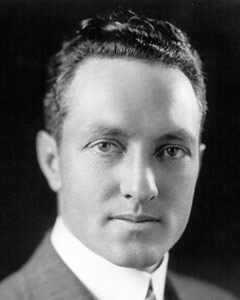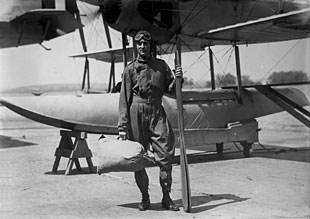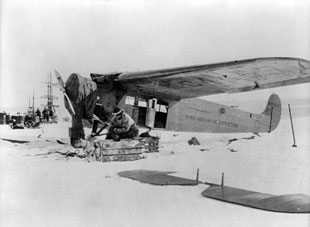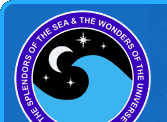
Richard Byrd
1888 - 1957
American naval officer, aviator, and fearless explorer.
One of the first explorers to explore the North Pole by air.
Led a number of expeditions to explore the continent of Antarctica.
First person to reach the South Pole by air.
Richard E. Byrd was an American naval officer, aviator, and explorer. He was born on October 25, 1888 in Winchester, Virginia. He attended school at the Virginia Military Institute and the University of Virginia. He entered the U.S. Naval Academy at the age of 20 and graduated in 1912. He was then commissioned as an ensign in the U.S. Navy. Later that year, he was assigned to the USS Missouri and eventually, the USS Dolphin. In 1915 he married Mary Donaldson Ames with whom he would father four children. He would also named a piece of land after her in the Antarctic. In 1916 he suffered a severe injury to his ankle and was forced into medical retirement. He was promoted to the rank of lieutenant (junior grade) and assigned as the Inspector and Instructor of the Rhode Island Naval Militia in Providence, Rhode Island. Although technically retired, Byrd was able to serve as a retired officer on active duty during World War I. He took flying lessons and earned his wings as a Naval Aviator in 1918. He had a natural talent for flying and navigation, and developed a number of landing and navigation techniques, including the use of drift indicators and bubble sextants. In 1918 Byrd was assigned to the Office of Naval Operations. Later that year he was promoted to the rank of lieutenant commander.

After the war, Byrd was appointed by Washington to plan the flight path for the first U.S. Navy's transatlantic crossing. Three NC flying boats attempted to make the crossing. One of the three aircraft succeeded, becoming the first transatlantic flight. In 1924, Byrd was appointed as navigator for the proposed transpolar flight of the Navy's dirigible Shenandoah. The flight was canceled, however, and Byrd went on to command a small naval aviation detachment with D.B. MacMillan to explore Western Greenland. On May 9, 1926 Byrd and pilot Floyd Bennett attempted to make a flight over the North Pole in a Fokker Tri-motor plane called the Josephine Ford. Byrd claimed that they reached the pole. Both men were awarded the U.S. Congressional Medal of Honor for their bravery and were considered national heroes, though there was some doubt about whether they actually reached the pole. Byrd's diary suggested that the plane had developed an oil leak and they may have turned back while still about 150 miles (240 km) from the North Pole. If this is true then credit for the first flight over the pole would go to Roald Amundsen of Norway, who made a well-documented flight over the North Pole in a dirigible just three days later.

during Byrd's 1929 Antarctica expedition
In 1927 Byrd announced his intention to attempt the first non-stop flight across the Atlantic Ocean to win the Orteig Prize. He once again chose Floyd Bennett as his pilot for the trip. During a practice takeoff, the plane crashed injuring both Bennett and Byrd. While their plane was being repaired, Charles Lindberg crossed the Atlantic and won the prize. Byrd decided to try again. He chose Bernt Balchen to be his pilot this time and with two additional companions the plane left New York on June 19, 1927 and arrived in France two days later. Cloud cover prevented a landing in Paris, and they crash-landed near the beach at Ver-sur-Mer on the coast of Brittany. All four men survived the crash with minor injuries. For this successful flight, France made Byrd a Commandant of the French Foreign Legion. In 1928 Byrd decided to embark on an expedition to the Antarctic. The expedition consisted of two ships and thee airplanes. Because of Byrd's fame, he had financial backing from wealthy Americans such as Edsel Ford and John D. Rockefeller, Jr. As the expedition reached Antarctica, a base was established on the Ross Ice Shelf. The base was named "Little America". Flights were made from this base over the interior of the continent. A high mountain range was discovered and named the Rockefeller Mountains. On November 29, 1929 Byrd and three companions made the first flight over the South Pole. The flight from Little America to the pole and back took 19 hours. For this achievement, Byrd was promoted to rear admiral. In the following years, Byrd made four additional expeditions to Antarctica and in 1934 spent most of the winter alone in a meteorological hut nearly 100 miles into the continent's interior. Byrd remained an influential figure in polar research until his death on March 11, 1957. By the time of his death he had received 22 citations and special commendations. Nine of these were for bravery and two were for heroism in saving the lives of others. He also wrote several books about his adventures. His bravery made him a national hero and an international celebrity.




